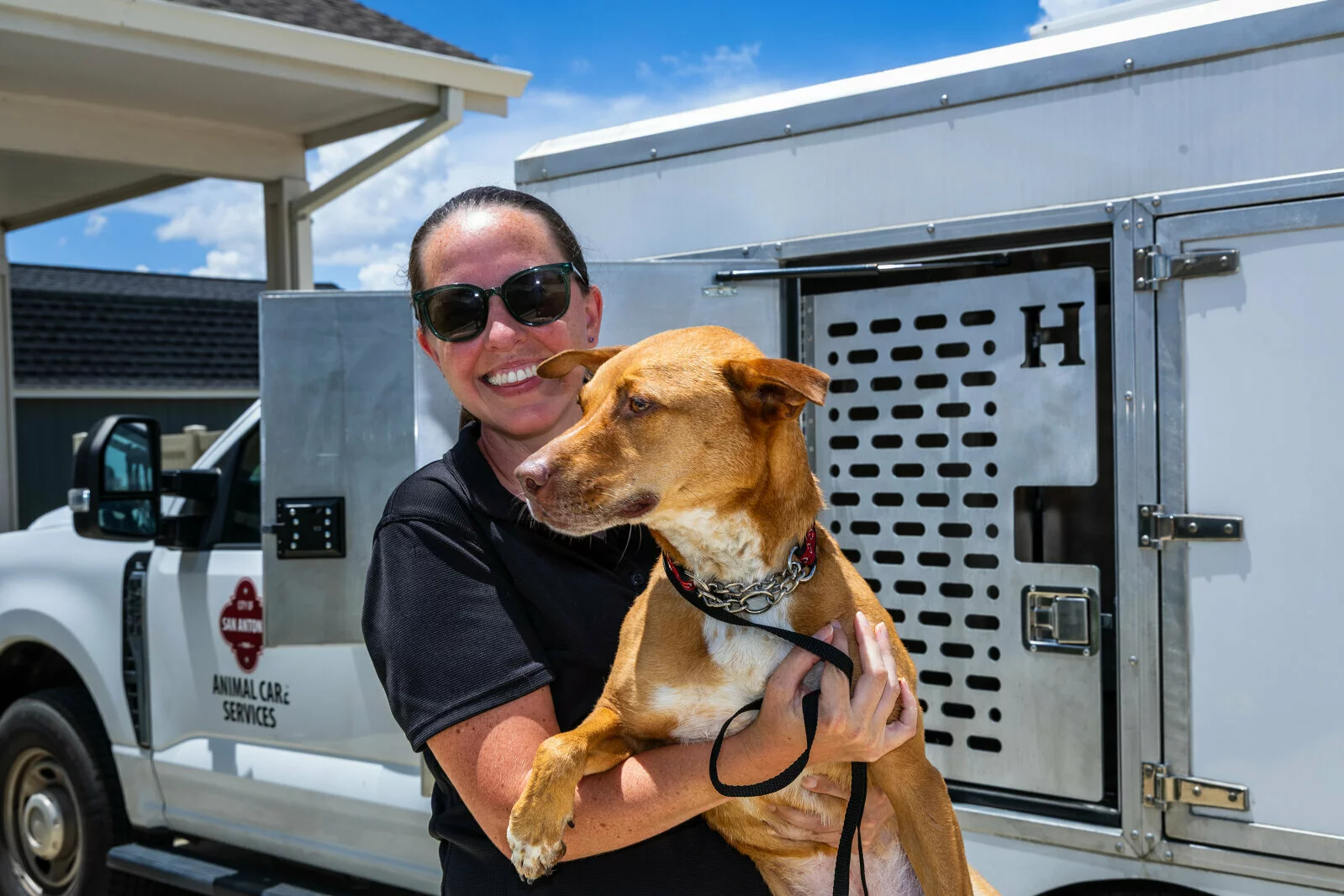Helping Strays Find Their Way
So, you’ve found a homeless cat, but what now? BISSELL Pet Foundation believes spay and neuter is an essential step to eliminating unwanted litters and avoiding euthanasia as a result of overpopulation. Here are some tips for finding the best solution for homeless cats and kittens:
Stray vs. Feral Cats
Begin by determining if the cat is a stray or feral. A stray cat means the animal may have initially lived in a home and was domesticated by a human but has now run away or been dumped by their owner. A feral cat, on the other hand, has been an outdoor cat since birth. You can usually tell the difference between the two by observing their behaviors and personalities. For example, a feral cat is used to hunting for food, so they might be more aggressive, whereas a stray cat who isn’t trained in survival might be relieved by the sight of a human.
If you come across a feral cat, it might take years or even a lifetime for them to accept human touch. Feral cats are best suited as barn cats where they can still receive supervision, shelter and nutrition.
Don’t Take Kittens from Their Mother
If you find a litter of kittens, you should not move them unless their mother is present and can be rescued with them. Even if the mother isn’t on the scene at the time, there is a high chance that she’s coming back for her babies. Kittens that are displaced from their mother have a low probability of survival and would require around the clock bottle feeding and monitoring. If the kitten’s mother doesn’t return after 24 hours, then consider transporting them to your local shelter or rescue. Kittens aren’t ready for adoption until they are at least eight weeks old.
Start with A Vet Visit
Stray cats should be tested/treated for fleas, ear mites and tapeworms at the vet to ensure they will be adoptable at the shelter or healthy in your home. Some states have specific laws regarding taking stray animals into your home, so be sure you’re following local laws and ordinances if you’re thinking of adopting a stray. If you’re not comfortable catching or transporting a cat, reach out to your local rescue organization or shelter for guidance. If you’re already experienced using a live trap to catch the cat humanely, you know that the animal needs to be lured into a cage using food, which triggers the cage to close behind them. Be sure to check on the trap regularly and put your phone number on the trap in case someone finds the cat before you do.
TNR
TNR (Trap-Neuter-Return) is a program that takes feral cats for spay/neuter and returns them to where they were found. You can help lower the euthanasia rate and overpopulation among felines using TNR services in your area. Just be sure to check if the cat’s ear is tipped. This means the cat has already gone through TNR and has already been spayed or neutered.
We hope you will consider these options the next time you come across a stray or feral cat. BISSELL Pet Foundation suggests checking if the stray cat is microchipped, taking the cat to the vet for spay/neuter, then finding the proper home for it; in the shelter or in your care.



